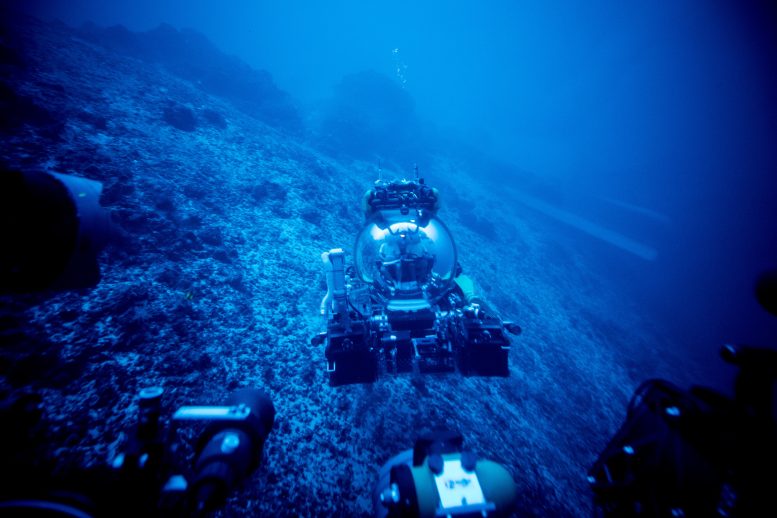13 hours ago

Bangladesh's critically endangered wild elephants have received a court order banning their adoption and protecting them from exploitation.
Animal rights groups welcomed the High Court suspension of all licences, so young Asian elephants can no longer be captured and taken into captivity.
Some of the animals have been used for begging, circuses or street shows.
There are now only about 200 of the elephants in Bangladesh, with about half of those living in captivity.
The country used to be one of the major homes for the Asian elephant but poaching and habitat loss has caused a marked decrease in their numbers.
Under the previous scheme, young elephants could be taken into captivity where the forestry department issued licenses to logging groups who would use the animals to haul logs. Others ended up in circus groups. Such exploitation broke the terms of the licences, the court said.
Rakibul Haque Emil, head of animal rights group People for Animal Welfare (PAW) Foundation in Bangladesh, said it was a "landmark order".
"In this name of training elephants, private licensees including circus parties brutally separate elephant calves from their mother, shackle them for months and then torture them to teach tricks," he said.
He said it was now hoped that captive elephants could be rehabilitated.
Actor Jaya Ahsan launched the legal case alongside PAW, and said he hoped it would be the end of harsh "training" that could be inflicted on the animals.
A spotlight was shone on the issue last year when a young elephant was killed by a train after being used for begging on the streets. They are often painted in bright colours and forced to perform tricks by their captors.
And in 2019 two emaciated elephants were rescued by police after being used for roadside begging.
Bangladesh court halts wild elephant adoption
Updated Feb. 26, 2024| By AFP
A Bangladeshi court on Sunday barred the adoption of elephants from the wild, a move hailed by animal rights activists as a "landmark" order to help stop cruelty.

Rights groups said the high court order suspending licences will stop the torture of captive Asian elephants in the name of training.
"The high court today suspended all licenses for the captive rearing of elephants," Amit Das Gupta, deputy attorney general of the country, told AFP.
Bangladesh was once one of the major homes for Asian elephants.
But poaching and habitat loss saw their number dwindle so much that they are now declared critically endangered in the South Asian country.
The International Union for Conservation of Nature (IUCN) says there are nearly 100 captive Asian elephants in Bangladesh, nearly half the amount of elephants left in the wild in the country.
As logging and farming encroach on elephant territory, young animals are captured in the country's northern and southeastern hills.
The forestry department has previously issued licenses to logging groups who use the elephants to drag tree trunks, or to circus groups -- to adopt the animals.
But Gupta said the elephants were being exploited and used for begging and "street extortion", breaking the license terms.
Animal rights activists said the suspension would end often brutal training -- known as "hadani".
"This is a landmark order," said Rakibul Haque Emil, head of the animal rights group People for Animal Welfare (PAW) Foundation in Bangladeshi.
PAW and actor Jaya Ahsan launched a public interest litigation against captive elephant licensing.
"In this name of training elephants, private licensees including circus parties brutally separate elephant calves from their mother, shackle them for months and then torture them to teach tricks," Emil said.
"We hope it is the end of hadani in Bangladesh," he added.
The plight of the captive elephants was highlighted May last year when a young elephant, used for begging on the streets, was killed by a train.
Some daub the elephants in colourful paint and force them to do tricks on the streets, asking for cash for their performance.
In May 2019 police also rescued two emaciated elephants from their owners after the animals were used for roadside begging. The elephants were later handed over to Dhaka Zoo.
Emil said they would mobilise support for the rehabilitation of captive elephants.
"Several countries in Asia such as Thailand and Nepal have found some success in rehabilitating captive elephants," he said. "We shall do it here."
Writ filed seeking an end to oppression of captive elephants
Daily Sun Report, DhakaMonday, 19 February, 2024
A writ petition was filed with the High Court on Monday to put an end to the ongoing practice of oppression of captive elephants in the country.
Supreme Court lawyer Barrister Saqeb Mahbub submitted the petition to the concerned bench of the High Court on behalf of the prominent actress Jaya Ahsan and the People for Animal Welfare (PAW) Foundation, an organisation working for the protection of animal rights.
A press release signed by architect Rakibul Haq Emil, founder and chairman of PAW Foundation, confirmed the matter on Monday.
The press release said the captive elephants in Bangladesh are being tortured by people in many ways at different events, including circuses, weddings, commercial advertisements, and political rallies. Moreover, some are using elephants to extort money.These animals are being oppressed severely at the training sessions to perform at these events, violating the Wildlife (Conservation and Security) Act, 2012, and the Animal Welfare Act, 2019.
Aiming to stop this evil practice, the animal rights activists have been organising different programs to gain the attention of the Forest Department regarding the matter for the last few years, but no one has ever paid heed to their demands. Finally, the writ petition was filed with the High Court this time to get justice to this end, the release added.












